We have had 2 clock changes as we have sailed west, they amounted to 2½ hours back and we are now on GMT + 8, (excuse the ‘old’ vernacular, I still can’t bring myself to call it ‘UTC’). Crossing the Great Australian Bight can always be something of a challenge; the last time we did it, in 2013, I had to take a route which avoided the worst of the swells, hugging the coastline, where the height was lower. This year we were more fortunate, still quite a swell, although its ‘period’ is longer and therefore we managed to sail through it. Not to say that we haven’t occasionally found a ‘pothole’ to remind us we’re at sea.
Far to the south of us, 900 miles or so, in the ‘Roaring Forties’, was a storm of monumental proportions, the forecast charts giving wave/swell heights of over 20 meters, or around 70 feet. It is the waves that were generated by this that reached us, although were ‘only’ 3-4 meters. The Amsterdam has a hull form best suited for these waters and World cruising in general. She can take most seas and tends to ‘cut’ through them, as opposed to ‘over’ them, resulting in a far more comfortable ride.
We made 15½ knots to Albany and on a grey, cloudy morning we approached the pilot embarkation point. Once aboard, we had time to discuss our passage and docking plan, the characteristics of the Amsterdam and what to expect as made our way inwards. Everyone clear of our intentions, we continued inwards.
Down the buoyed channel, past the Wood chip export berth and then into the turning basin. Yet another 180° ‘wheelie’ and then a move astern and sideways, into the berth.
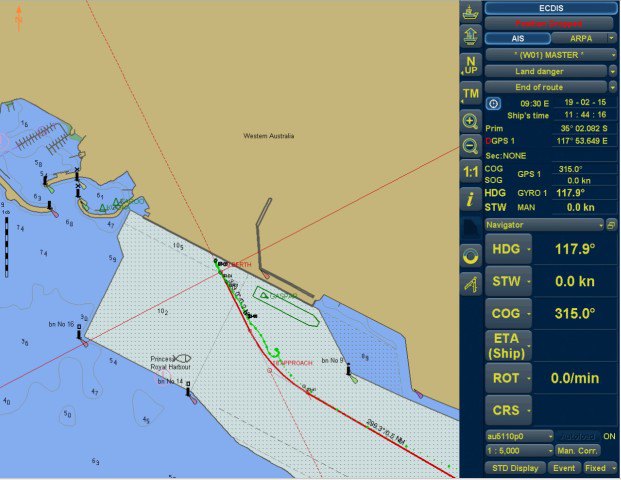
Our approach off the berth. the green line shows our ‘wheelie’ and then astern and across to the berth. There is a ship, loading wheat, next to us.
It has been a while since I managed my own photos, (as opposed to my roving reporters) and so, in the company of the ‘mob’ we caught one of the many shuttle buses which were provided by the port, into Albany itself, a short, 10-minute ride. Most of the city lies on a hill, at least the Main street does and we were dropped off next to a small green on which were numerous stalls; most of them were offering trinkets and jewelry, some for charitable foundations. No sooner had we alighted from the bus, the ‘mob’ were pillaging 
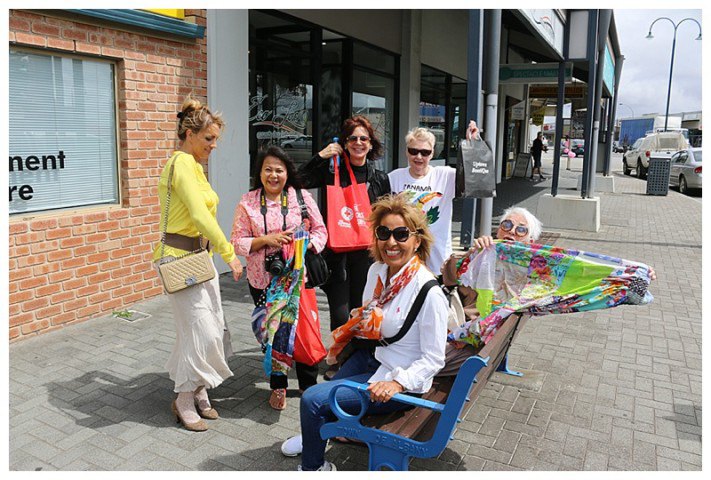
And after a successful skirmish. Peggy, (standing) and Leslie, (sitting) have joined the mob, it’s growing!
The town had provided ‘Ambassadors’ and I struck up a conversation with one particular gentleman. He was particularly proud that he could trace his ancestry back to the United Kingdom and one of his ancestors. (It is quite an accomplishment for an Australian to be able to trace ancestors back to the days when Australia was a penal colony and the inhabitants were convicts. Being able to do so is highly regarded).
This gentleman could trace his ancestor back to Leith, Scotland, his forebear being shipped to Australia, having been found guilty of stealing a sheep!
My wandering and photography completed, I left the ‘mob’ to it and took a bus back to the ship.
The berth on which we lay is an old one, consisting of wood. Numerous visits from large cruise ships have undermined the foundations; blowing a way the supporting sand and consequently we had to use a compulsory tug to pull the bow off, (thus avoiding the use of bow thrusts) and use the offshore azipod to lift the stern. Once we were 50m or so clear, we let go the tug and used our own power to proceed out of the channel. As we did so, we pass the wreck of an old ‘Whaler’, a ship used for hunting down and killing whales, for Albany was once a vibrant whaling port.
Then past the ‘lookout’, where the inhabitants of Albany go to see the departing cruise ships and, of course, much blowing of our whistles as pass them.
Past the old lighthouse-keepers house, now in ruin, the pilot tells me the ‘keeper’ had 12 children, hmnn, must have been boring looking after a lighthouse.
The pilot also tells me that not long ago, 2 young men were spear-fishing near one of the islands we pass; one of them being taken by a 5m long Great White shark, what made it all the more awful was that he had a GoPro camera running when the attack occurred and all of it was recorded…..
Then, having disembarked the pilot, we resumed various courses out of the bay and islands, eventually heading west for a while before turning, first north-west and then north, paralleling the coast of Western Australia on our way the Fremantle, the port which serves Perth.
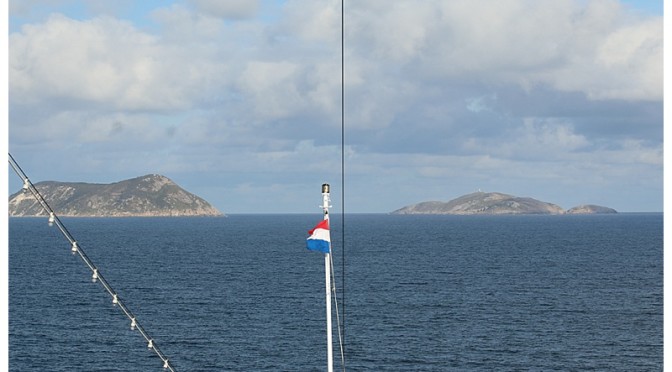
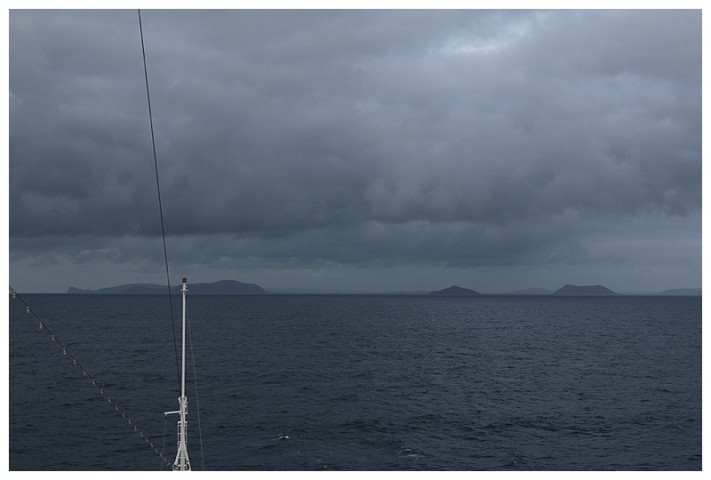
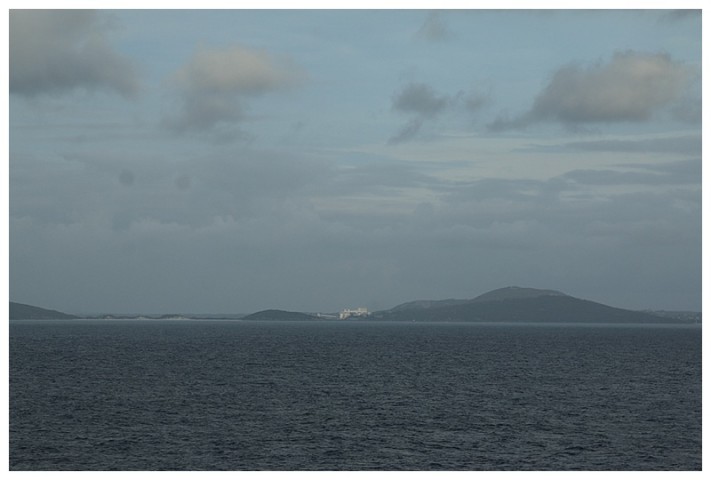
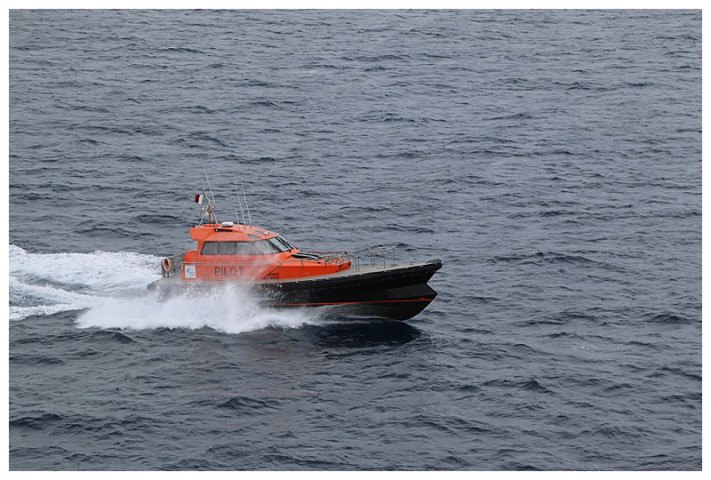
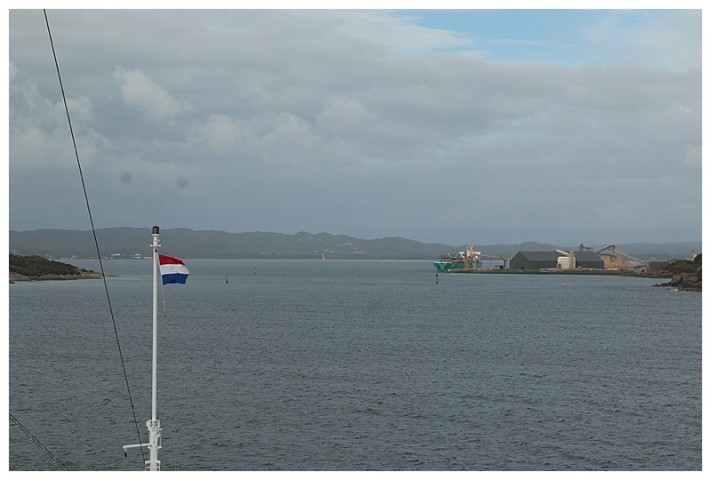
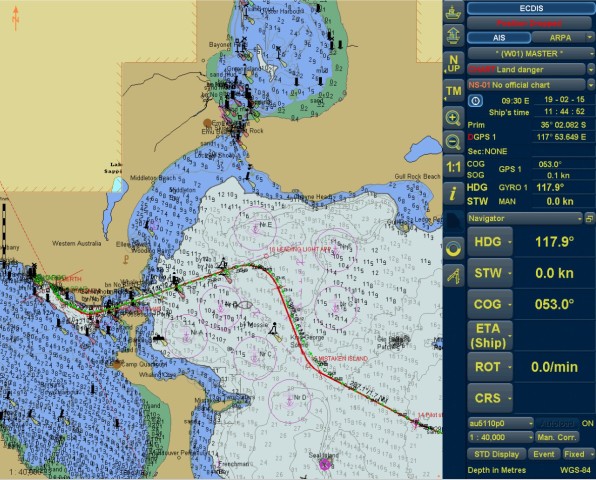
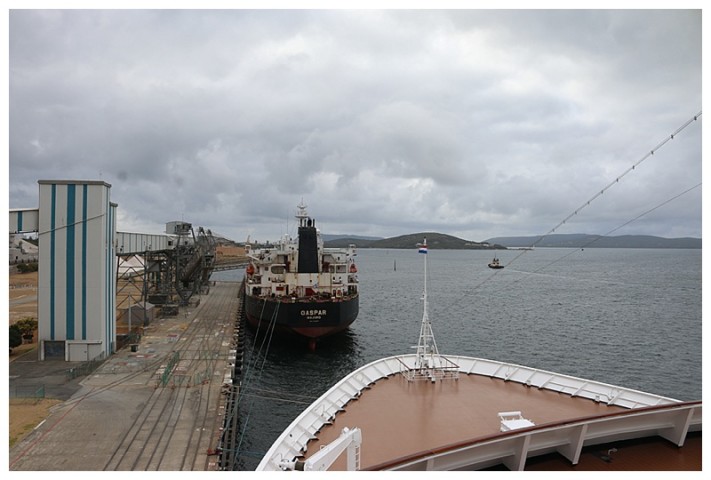
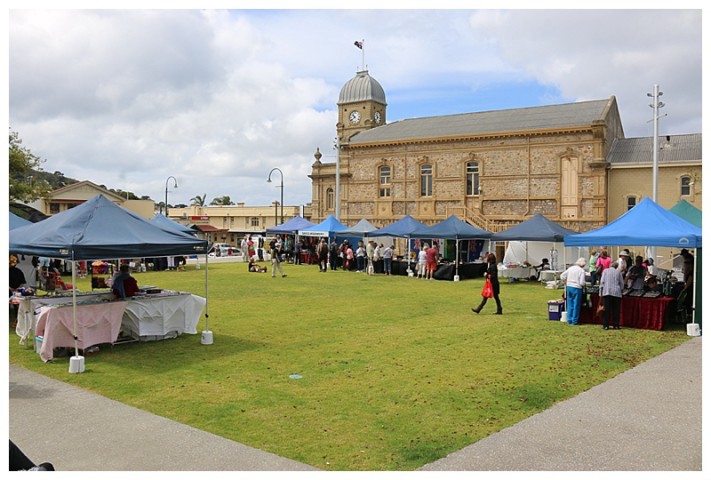
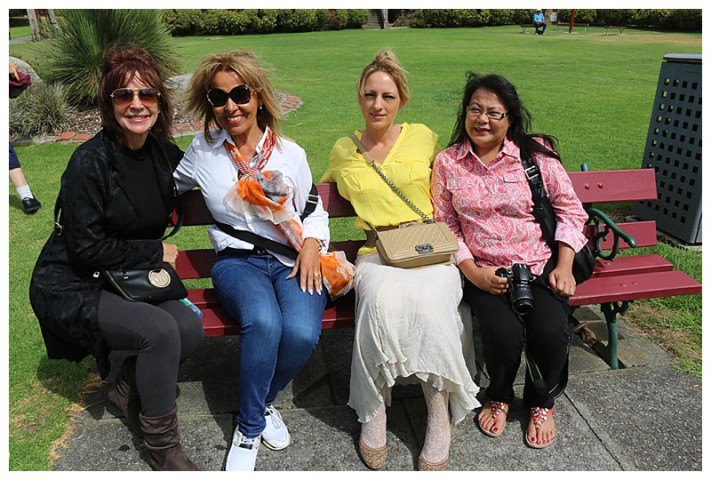
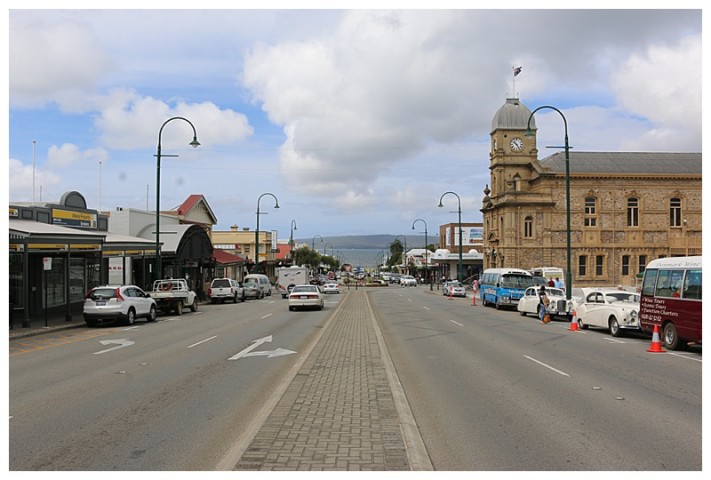
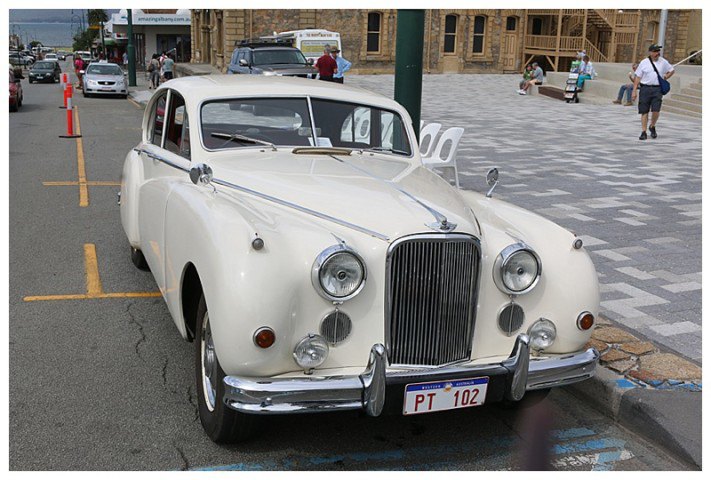
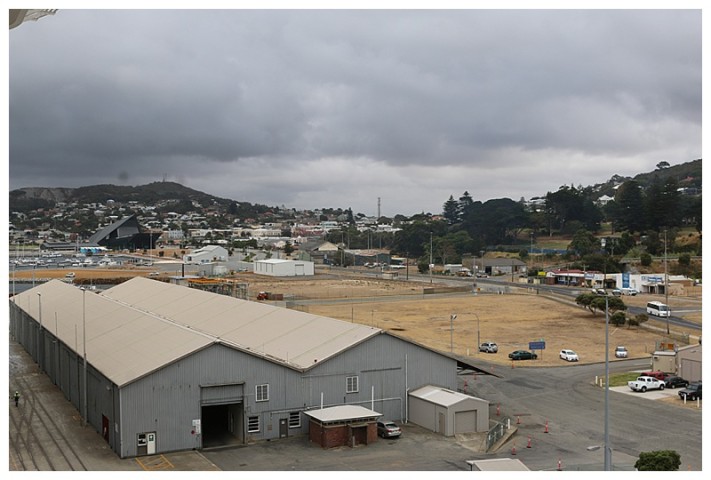
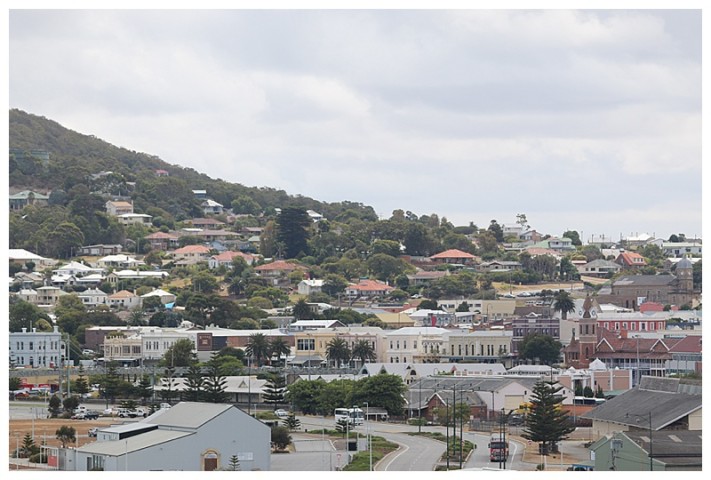
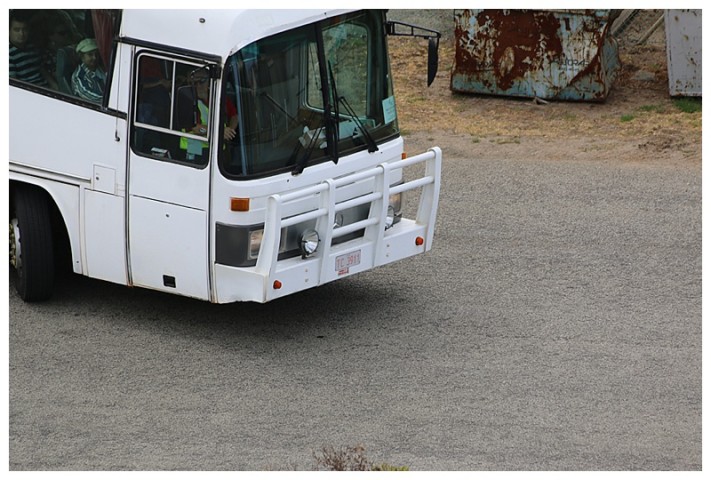
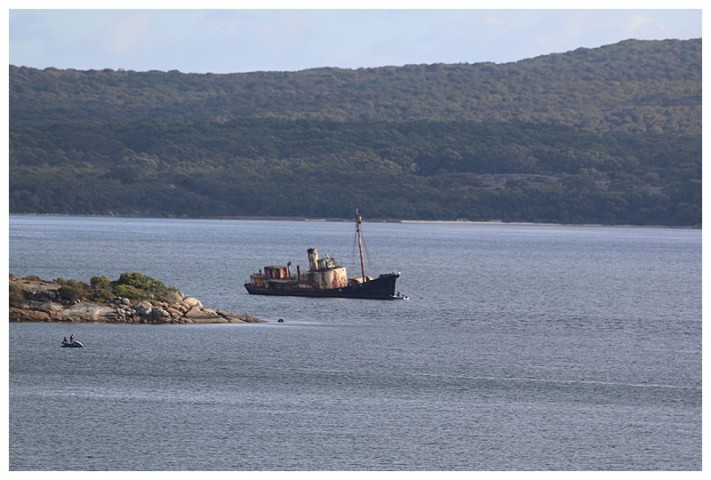
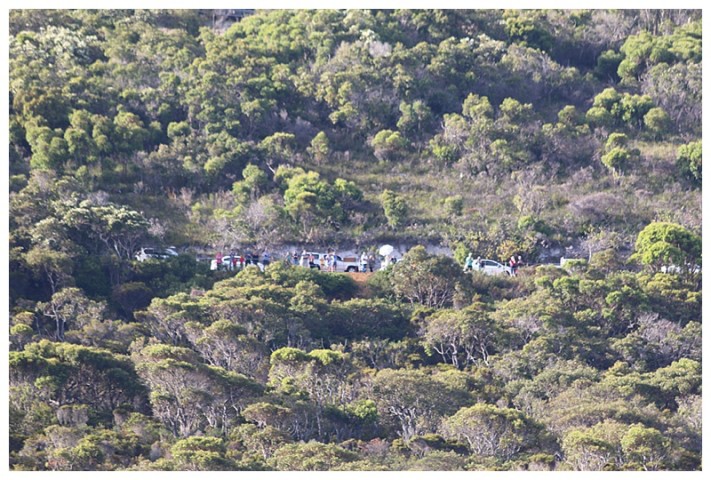
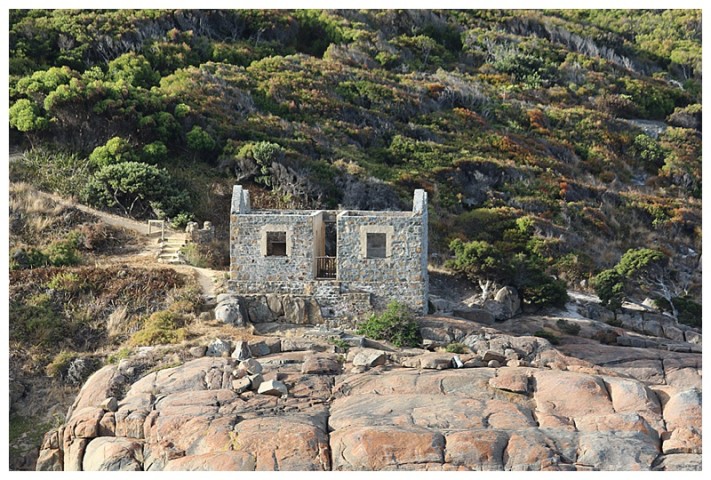
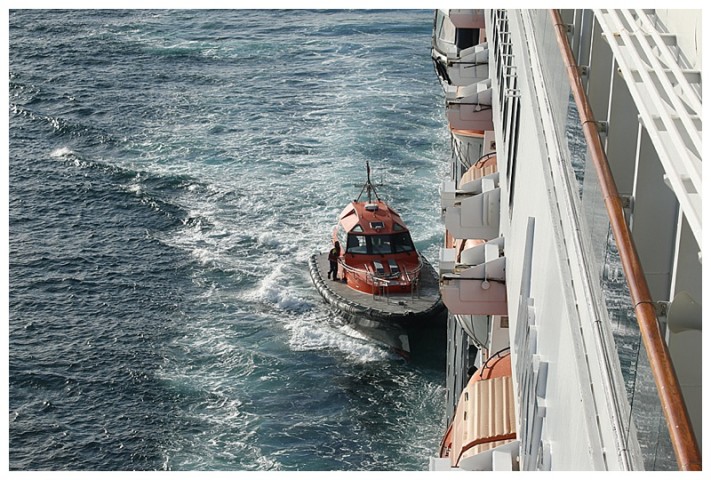

Captain Jonathan,
Thanks again for an informative posting and interesting photos. I look forward to receiving more as you continue on to Western Australia and beyond. Glad you were able to bypass the worst of the typhoon storms. I will never forget how you masterfully threaded us between two storms while crossing the Atlantic sailing on the Nieuw Amsterdam.
Regards and
Cheers
Greetings from snowy and cold New England. I look forward to you posts & pictures everyday because they make me feel a little warmer. Thanks for doing this.
Dot
Super charts: thanks for pointing out the “wheelie”. This is great!
I am wondering how the Amsterdam compares with the Rotterdam for easy sailing in rough waters?
The mob rules the shops!
Great post. Glad you managed to avoid shopping!
Patricia
Hello Patricia. The 4 of the ‘class’; us, Volendam, Rotterdam, Zaandam, all have the same hull form, so they are equally good at ‘taking’ seas.
Thanks for the info!
I wondered about that. I remember Captain Corvoeden (sp?) saying how well the Rotterdam took the seas, like an oceanliner, not a cruise ship.
We’ve sailed the North Pacific on the Amsterdam (25 feet and hogging) and the Atlantic on the Rotterdam, both with hardly any roll, just a lot of pitch, the way we like it!
Patricia